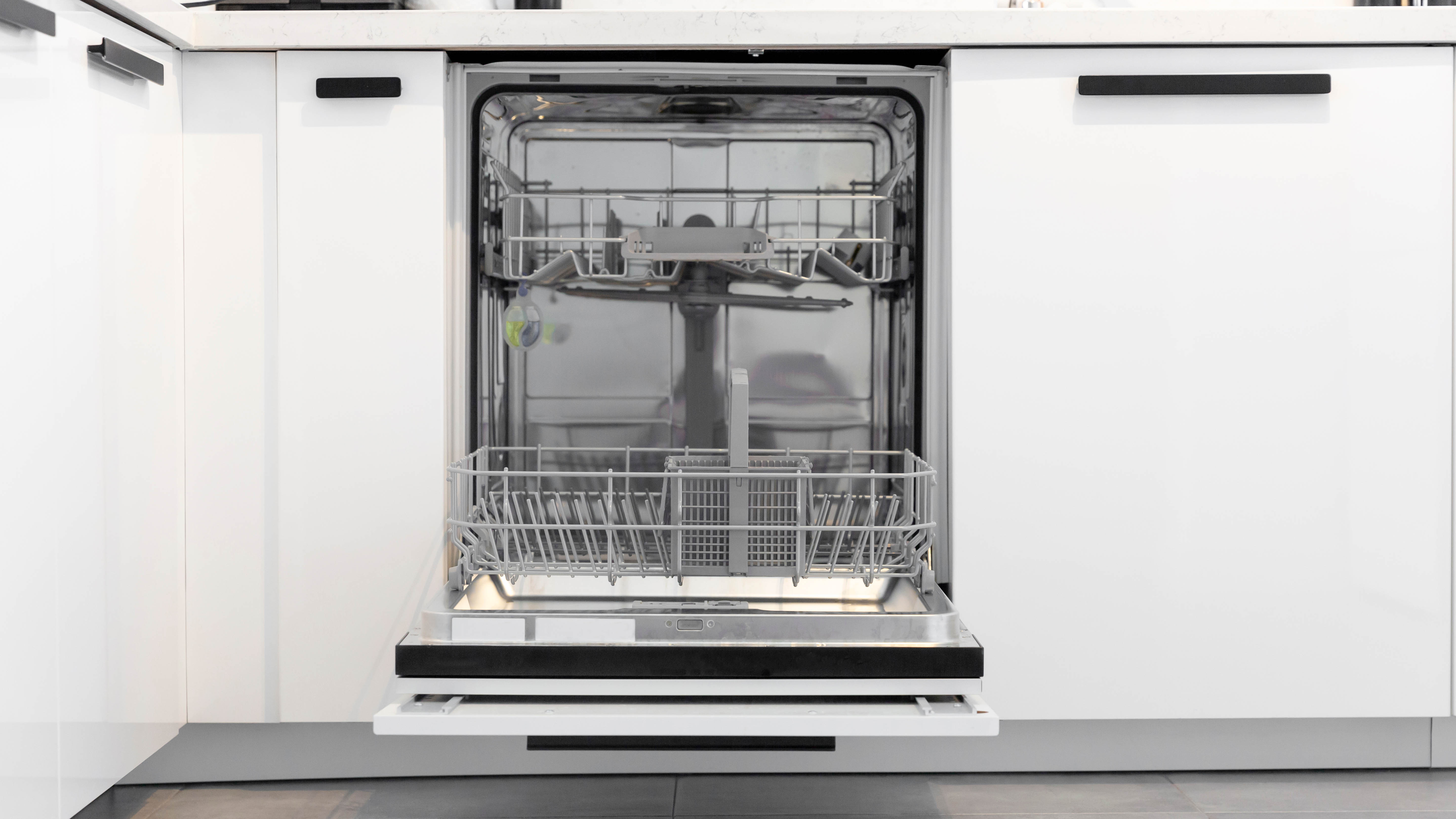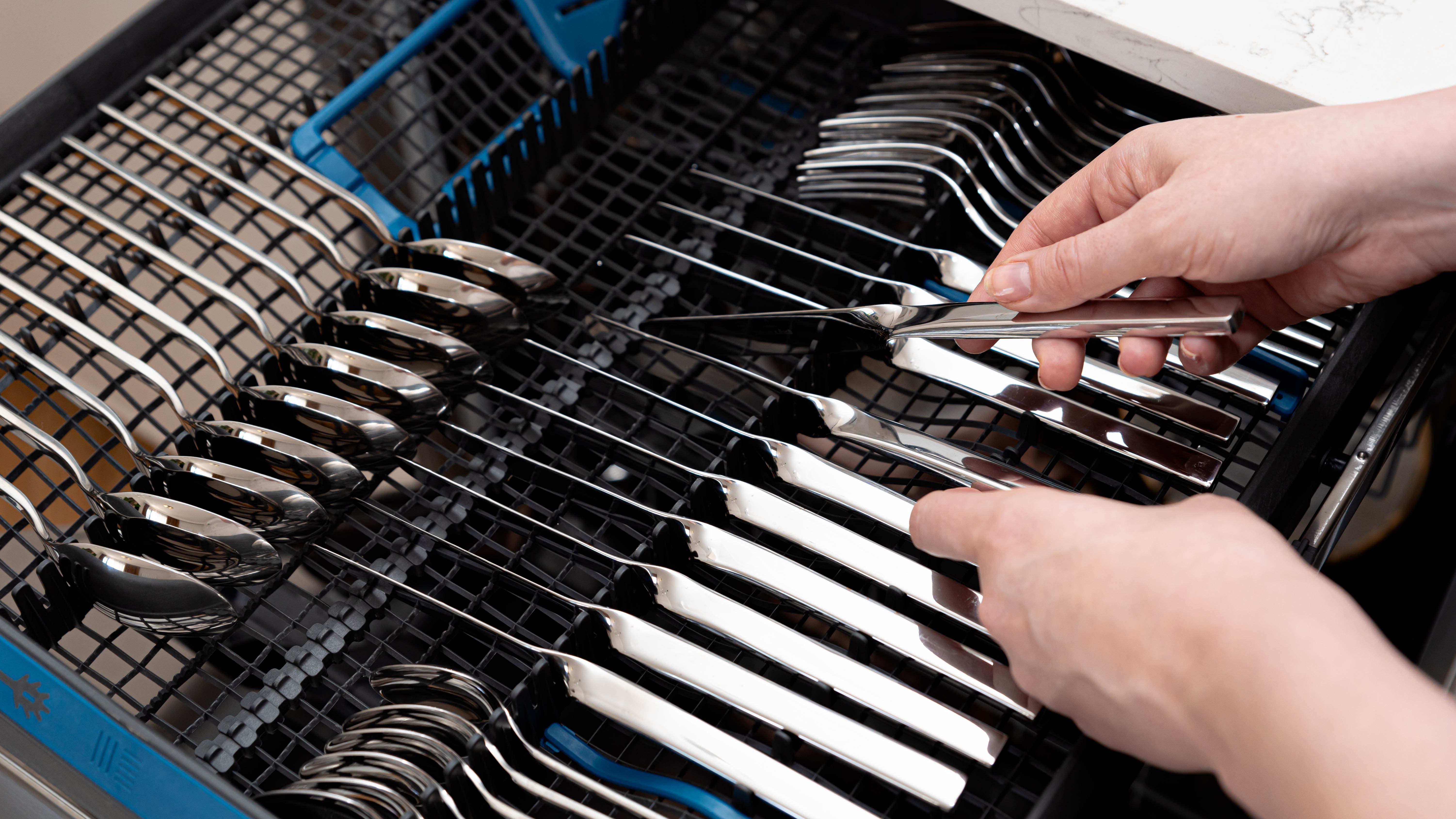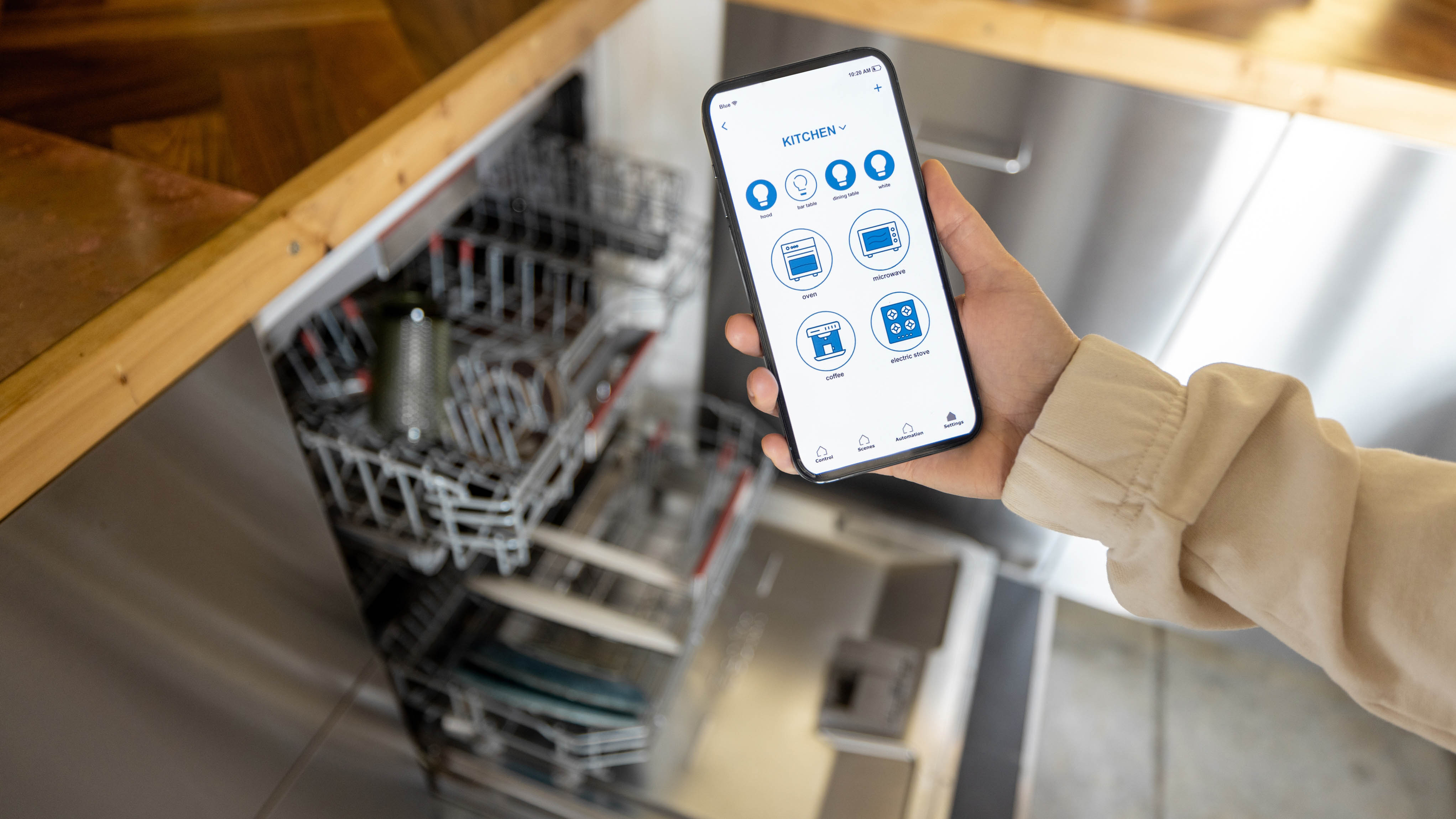7 things to look for when buying a dishwasher
Picking out a new dishwasher can be quite a challenge. There are so many brands, features and designs to choose from, that the whole process can be an intimidating one, especially if you’ve never purchased a dishwasher before. They can vary substantially in price as well, with full-size models starting from around $250, ranging up to $2,500 for the most premium designs. That’s why it’s essential to have a budget in mind and decide what you need from your dishwasher before you start browsing.
But how can you tell if you’re getting the best dishwasher for you? We’ve pulled together this comprehensive guide to help. Here, we’ll walk you through all of the specifications and design features you should consider before making a purchase. That way, you know exactly what to look for in a dishwasher, and you can get the best value for your money — speaking of which, check out these 7 dishwasher tips that can save you money. Without further ado, here are 7 things to look for when buying a dishwasher.
If you’ve already chosen your dishwasher, be sure to also check out how to make your dishwasher last longer and need fewer repairs.
1. Size

The first thing you need to consider is what size of dishwasher your space can accommodate. There are actually four general sizes of dishwasher available: standard, oversized, compact and portable. It’s important to note that the measurements for dishwashers can refer to the space it will fit, rather than the actual size of the dishwasher itself. For instance, while standard dishwashers tend to have a 24-inch width specification, it’s often a little smaller than this to give it some wiggle room in a cabinet. This extra space eases the installation and leaves room for it to be removed in the future if required.
Full-size dishwashers, which are built-into cabinets, will generally only differ in terms of width, ranging from 24 inches as standard up to 42 inches for oversized models. However, if you opt for a freestanding dishwasher, it’s important to note that the height and depth can vary by as much as an inch between models, so be sure to check your space can accommodate. On installation, remember that your dishwasher will require space behind it for the pipes and cables, as well as a clearance of about 2 inches between it and the countertop. On opening the door, there should always be at least 2 inches of space between it and any cabinets or walls, otherwise there could be an obstruction when it comes to loading and unloading.
If you’re tight on space, another option is a compact dishwasher, which is ideal for apartments. These slimline dishwashers are hard to find, but they are available — they tend to measure only 18 inches in width and can come in both built-in and freestanding designs. If you lack the cabinet space for a dishwasher, then portable models are another alternative. These small, freestanding dishwashers will sit on your kitchen counter, but they can only handle a limited amount of dishes.
2. Capacity

Once you know the size and type of dishwasher you need, you can start to consider the design specifications. One of the most important is capacity. For dishwashers, capacity is given in terms of place settings. A place setting refers to all of the crockery and cutlery needed to set one place at the table. So, it usually consists of a dinner plate, side plate, glassware, cutlery (knives, forks and spoons), and sometimes a coffee cup and bowl.
Most standard dishwashers will offer 12-16 place settings. Logically speaking, the more settings you get, the more the dishwasher can accommodate. However, it’s important to remember that while the racks may have a better layout to accommodate more dishes, dishwashers with higher place settings can sometimes provide awkwardly spaced tines — these can be so close together that thicker plates can come into contact around the edges of the basket. My advice would be to opt for a higher place setting, but check the quality of the racks in person where possible. And see how it looks when filled to full capacity.
3. Settings

Next, consider what settings you want from your dishwasher. Most will offer the core programs you expect, including auto, normal, heavy and express. But, some will offer additional options which you might utilize. For instance, eco settings are growing in popularity — with this the dishwasher will take longer, but will use less water and electricity in the process. Delicate cycles are also useful if you wash fragile items in your dishwasher, although we do recommend washing by hand in this instance, as crystal is one of the 13 things you should never put in a dishwasher.
Then there are the wash options to consider. Sanitization settings have been in demand since the pandemic. With this, the dishwasher will wash at a higher temperature and run for longer to kill any harmful germs and bacteria — ideal for baby bottles. Dishwashers are also available with heated dry settings. As the name suggests, the dishwasher will flush itself through with hot air once the cycle has finished to help aid the drying process. A lot of dishwashers will come with auto door opening functions at the end of the cycle to help dry the contents as well. Another useful function some dishwashers feature is a half-load wash. This will focus the wash cycle on the lower or upper racks, reducing water and energy consumption on areas where the wash isn’t needed.
Rather than cluttering the control panel, some dishwashers offer smart connectivity which lets you access and download additional programs and options, but we will look at smart connectivity in more detail later on. It’s worth mentioning that you should only invest in the features you want and plan to use, as more technology will add to the price tag.
4. Energy consumption

With the cost of energy ever on the rise, more and more of us are taking energy consumption into consideration when choosing our appliances. After all, there’s little point in having an amazing dishwasher if it costs you an arm and a leg to run. The energy use should be listed in the specifications for comparison in kWh.
Some dishwashers are Energy Star Certified — generally speaking, this means it will use 20-30% less energy than the federal standard requires. According to Energy Star (opens in new tab), in terms of dishwashers, those that qualify will cost you about $35 per year to run and can save up to 3,800 gallons of water over its lifetime. So, it’s worth keeping an eye out for this logo.
For guidance, look out for dishwashers with an energy consumption rate of around 270 kWh or less, and take energy-saving features of the dishwasher into account, such as eco wash cycles, or no heat dry options.
5. Noise rating

Odds are the dishwasher is going to be situated in your kitchen, so you don’t want it making a lot of noise and overpowering conversation when running, if you dine or sit nearby. Every dishwasher will come with a noise rating and this should always be taken into account. This can range anywhere from 39 dba up to 60 dba, so there’s often a substantial difference between models.
Some dishwashers will specifically advertise a quiet design to reflect a low dba, so look out for this marketing if noise means a lot to you. Remember that a quiet dishwasher will give you more freedom to run it as well, whether early in the morning or late at night. Aim for a rating at around 40 dba for the best performance.
6. Design features

Your dishwasher can come with handy design features as well, which makes day-to-day use more pleasant. For instance, many dishwashers now feature third racks which can be found at the very top of the dishwasher. These are predominantly designed to hold cutlery, but more are now designed to take better advantage of space, with some even accomodating glassware. Not only does this improve the capacity of your dishwasher, it tends to provide a better cleaning performance for cutlery versus using a traditional cutlery basket.
Some dishwashers will also offer built-in hard food disposers in the base of the dishwasher. This essentially breaks down any large food particles so that they can drain away, rather than redeposit on your dishes. Having one of these installed naturally adds to the price, but it will make it easier to clean your dishwasher.
7. Smart connectivity

Smart connectivity is becoming more of a constant in dishwasher design. Essentially, with smart connectivity you can control and monitor the dishwasher from your phone or via voice control. This means you can remote start it and check the progress of a wash cycle whenever you want. You can also better monitor your energy consumption, download additional cycles (as mentioned earlier) and receive notifications, such as once the cycle has finished or when your dishwasher needs more rinse aid. Some can even troubleshoot problems and tell you when a service is required.
Smart connectivity can improve the overall accessibility and convenience of your dishwasher. Bear in mind that smart connectivity only tends to come with more premium designs though, so this will cost you.
And that’s everything you need to know about dishwashers. Curious if you should continue washing by hand instead? Check out dishwasher vs washing by hand — which is cheaper?
For more washing tips, tricks, and how-tos, check out our guides on best clothes dryers, when you should and shouldn’t use the quick wash setting, here’s why fabric softener is bad news for you and your washing machine and 10 things you never knew you could wash in a dishwasher.
For all the latest Technology News Click Here
For the latest news and updates, follow us on Google News.
